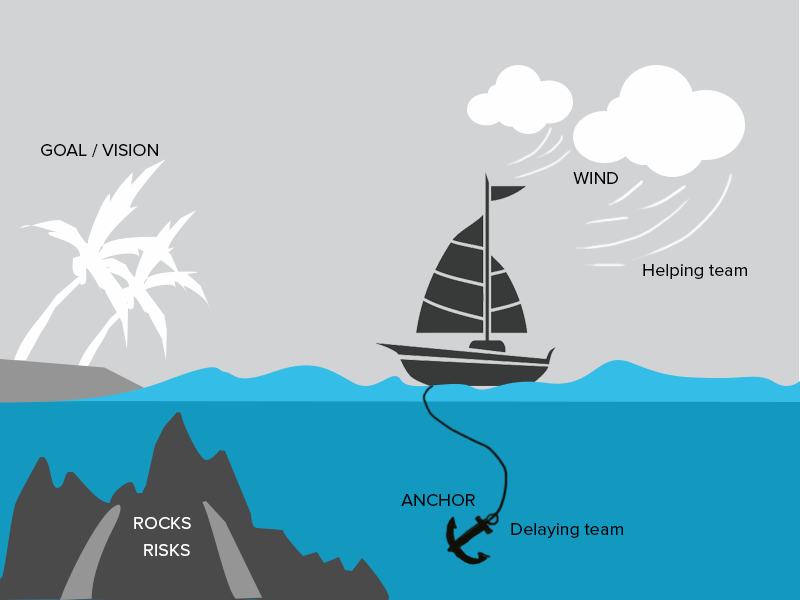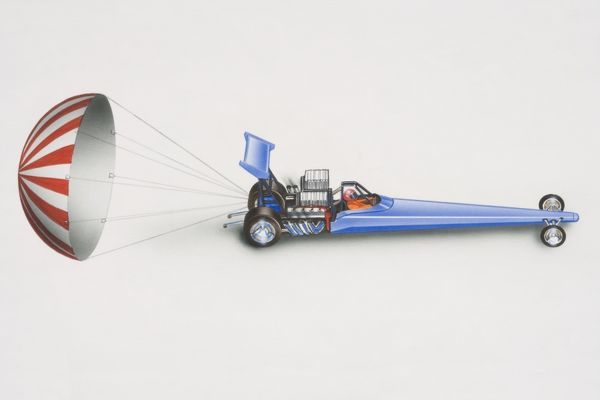
Did you ever feel like your team is committing the same mistakes over and over? You feel that they are not moving in the right direction and you need to drive in some change to make the project development process productive.
Whether you are new to software development or you have been working in the software industry for years, you must have come across the term ‘Sprint Retrospective’. Agile development teams have made retrospective meetings quite popular.
Regardless of how good a Scrum team is, there is always some room for improvement. Since the focus of agile development is continuous improvement, a good project team sets aside a brief period at the end of each Sprint to reflect how they are doing and seeks out new ways to improve. Here are some most common techniques to make the retrospective more fun:
The 4 Ls is a widely used data collecting technique for sprint retrospective involving the individuals to express their opinions independently on Post-Its or in group discussions. The 4 Ls stand for:
The speedboat retrospective technique was first presented by Luke Hohmann in his book “Innovation Games”. The project manager draws a speedboat on a chart representing the Agile team. The team members put their ideas on the Post-Its; which are connected with speedboat like anchors. The intention is to find out the hurdles refraining the team members to move fast to deliver at the time. Now, the solution-focused approach turns each anchor into the gust of wind; and, the team starts delivering as it should.

It is the simplest retrospective technique to identify the hurdles and supporting powers both. The participants are asked to create post-its and place them over the ‘Engine’ and ‘Parachute’ of a speed car drawn on a chart. The post-its placed on the engine show the things that helped to perform and deliver; while, the post-its placed on the parachute show the things that slowed down the progress. The meeting ends with finding the solutions to each hurdle with the intention to apply the supporting forces in more areas.

The participants are asked to create post-its in three different colors. The idea behind the exercise is to identify the things that made the participants feel mad, sad & glad during the sprint. The post-its under ‘Mad’ highlight the problems, time-wasting exercises, unexpected results/developments etc. The post-its under ‘Sad’ highlight the issues within the team that slowed down the progress. The post-its under ‘Glad’ highlight the issues like successes, learning, and achievements. The discussion helps the team leader to find out the viable solution to each highlighted issue.
The KALM stands for:
The KALM retrospective technique stimulates the conversions over ongoing activities and perceived values.

Get in touch
To be able to help we need to assess each project individually. Our free project assessment session will help us recommend the first steps you'd need to take to make scrum work for you.
Schedule a call